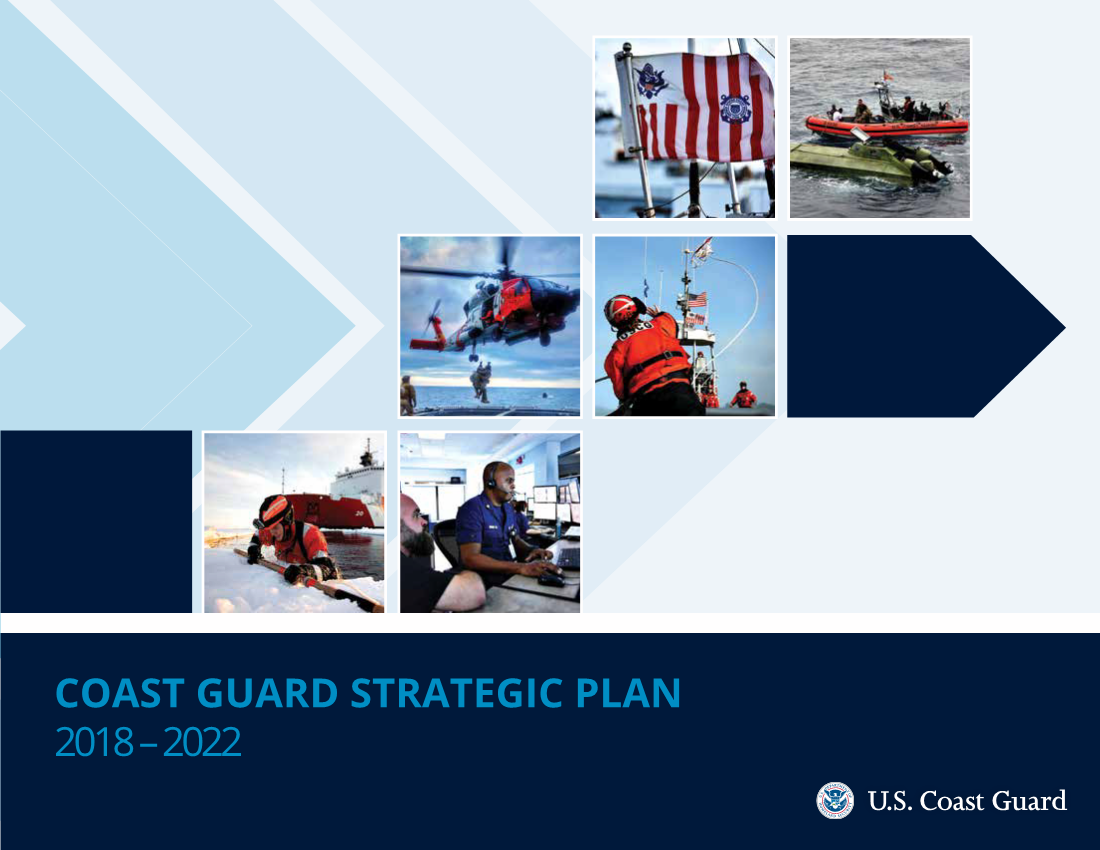 | 2018 Strategic Plan | The Coast Guard Strategic Plan 2018-2022, which represents our Senior Leaders’ shared vision to advance the Service
over the next four years. This Strategic Plan supports the Department of Homeland Security (DHS) and the National Security Strategy (NSS)
to ensure a safe, secure, and prosperous homeland. The lines of effort in this plan emphasize our need to invest in Service readiness while
fine-tuning mission execution and operational support to meet the needs of the Nation. | 11/15/2018 | 11/2/2022 |
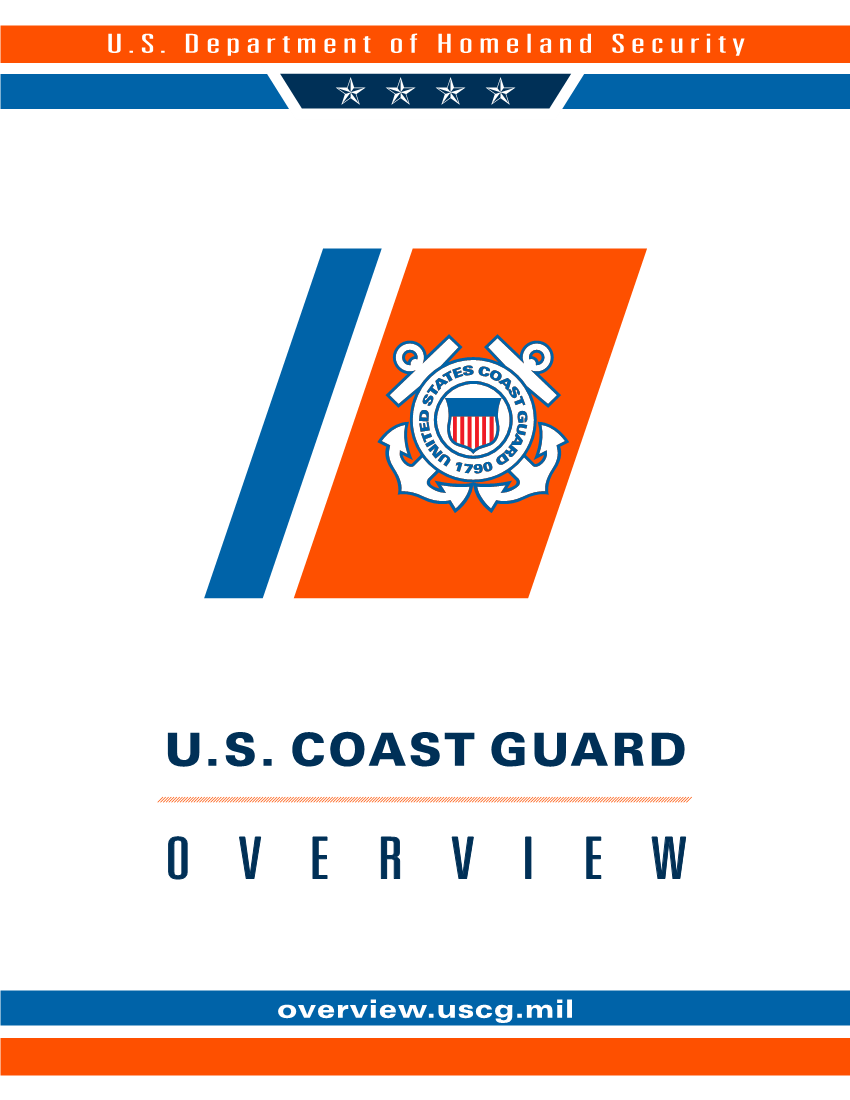 | U.S. Coast Guard Overview | The over 56,000 members of the Coast Guard operate a multi-mission, interoperable fleet of 243 Cutters, 201 fixed and rotary-wing aircraft, and over 1,600 boats. Operational control of surface and air assets is vested in two Coast Guard geographical Areas (Pacific and Atlantic), nine Coast Guard Districts, and 35 Sectors located at strategic ports throughout the country. Six Mission Support Logistics and Service Centers provide services for operational assets and shore facilities. Coast Guard program oversight, policy development, and personnel administration are carried out at Coast Guard Headquarters located on the St. Elizabeths campus in Washington, DC. | 11/9/2017 | 11/1/2022 |
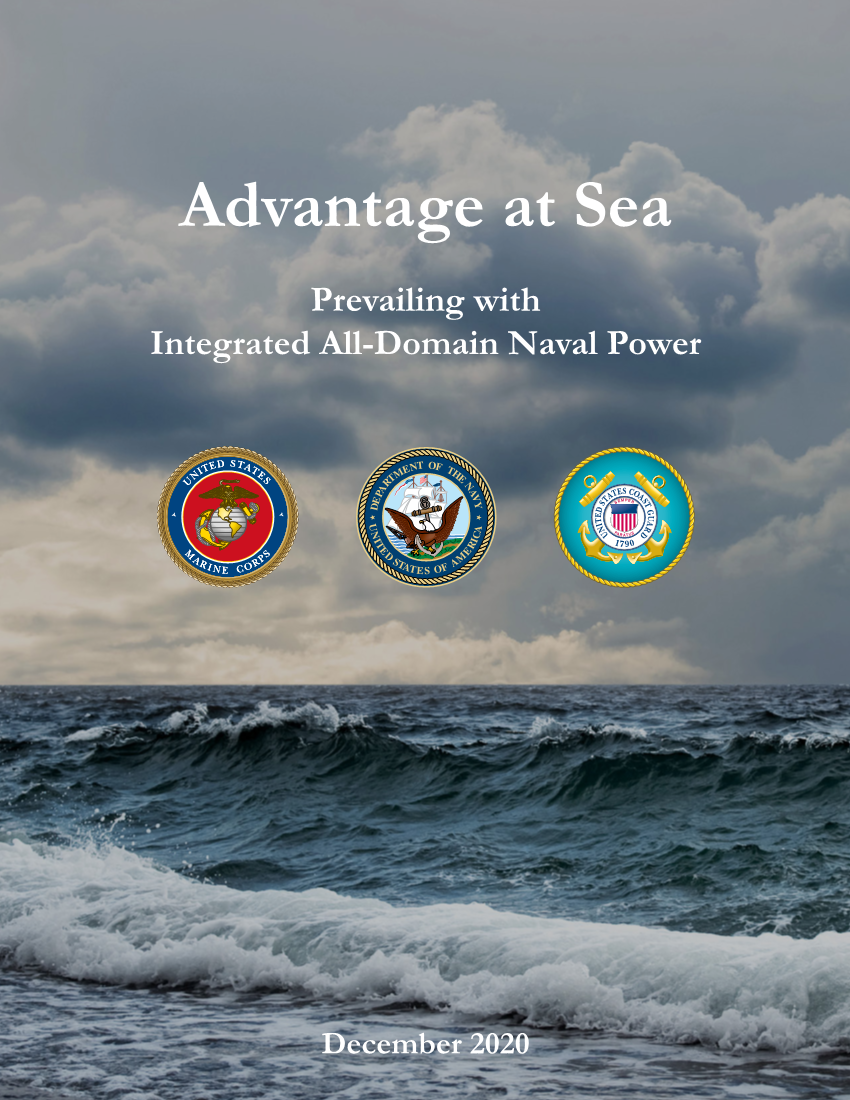 | Advantage at Sea: Prevailing with Integrated All-Domain Naval Power | The Tri-Service Maritime Strategy, Advantage at Sea, outlines the three sea services’ commitment to the Nation, our allies, and our partners. The shared efforts outlined in this document are designed to ensure the continuance of the international rules-based order, at all levels of the competition continuum. Advantage at Sea orients the next decade’s focus towards retention, modernization, and mission efficacy, leveraging each service’s complementary capabilities and authorities towards the nation’s strategic priorities. | 12/17/2020 | |
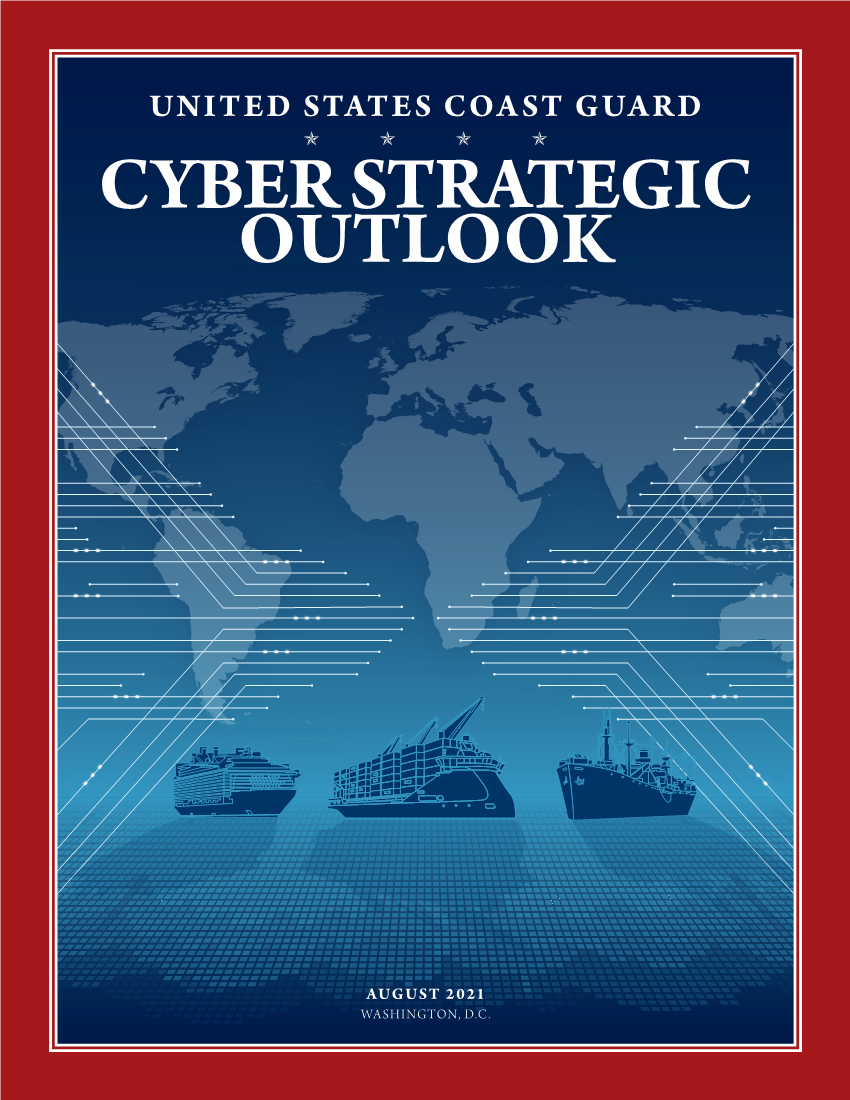 | Cyber Strategic Outlook | The U.S. Coast Guard is the nation’s lead federal agency for securing and safeguarding the nation’s maritime domain. Its role as both a military and law enforcement agency provide maximum flexibility to combat cyber threats and protect U.S. maritime interests both domestically and abroad. In 2015, the Coast Guard’s Cyber Strategy established cyberspace as a new operational domain for the Coast Guard. This new and updated Cyber Strategic Outlook reaffirms that foundation and that we will bring the same ethos, proven doctrine and operational concepts, and over 230 years of experience to bear on our operations in and through cyberspace. | 8/3/2021 | |
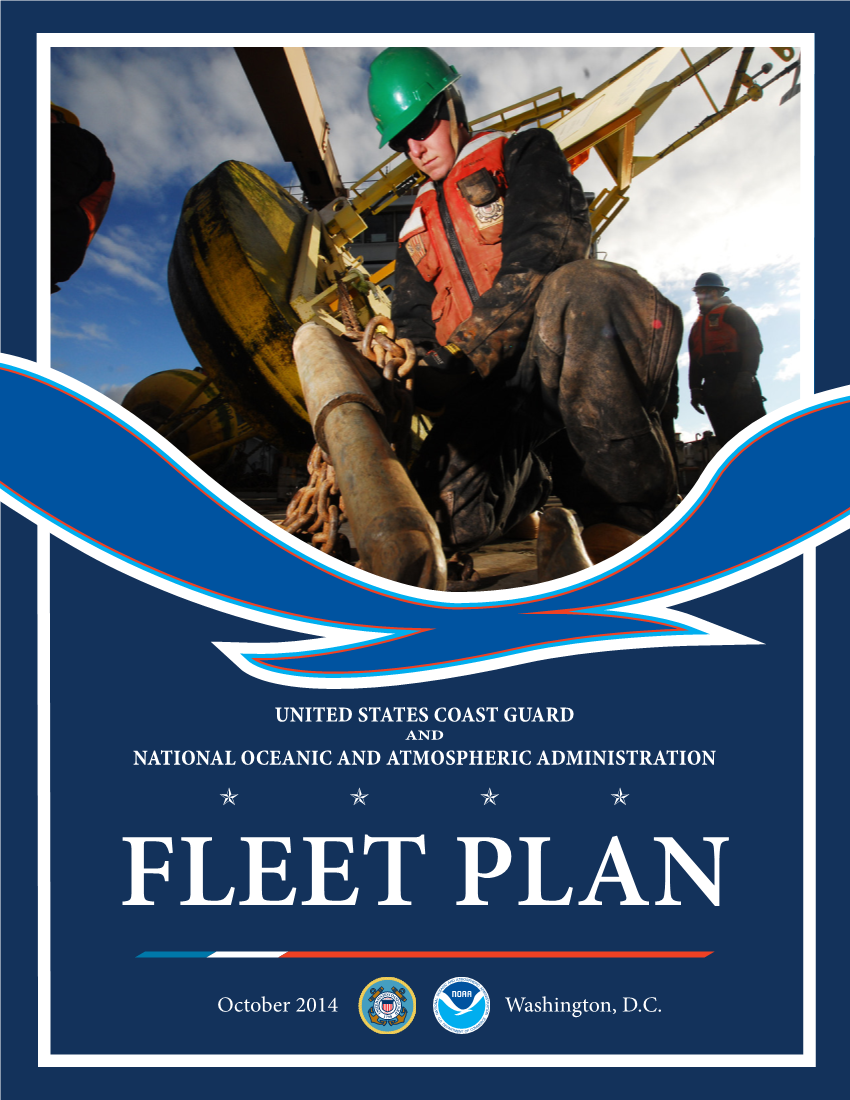 | U.S. Coast Guard and National Oceanic and Atmospheric Administration Fleet Plan | The USCG and NOAA share a legacy of collaboration stretching back to the beginning of our Nation. Over 207 years of mutual interests and intersecting missions have given rise to productive partnerships in the maritime and atmospheric domains. Common throughout these partnerships is reliance upon people and capital assets – uniformed service members and civilian personnel, ships, boats, aircraft, satellites, and autonomous and remotely piloted vehicles. These resources are employed to support our Nation’s economic welfare and sustain our natural resources. They also form the basis of, and contribute to, the United States’ ability to project soft sea power. | 10/31/2014 | |
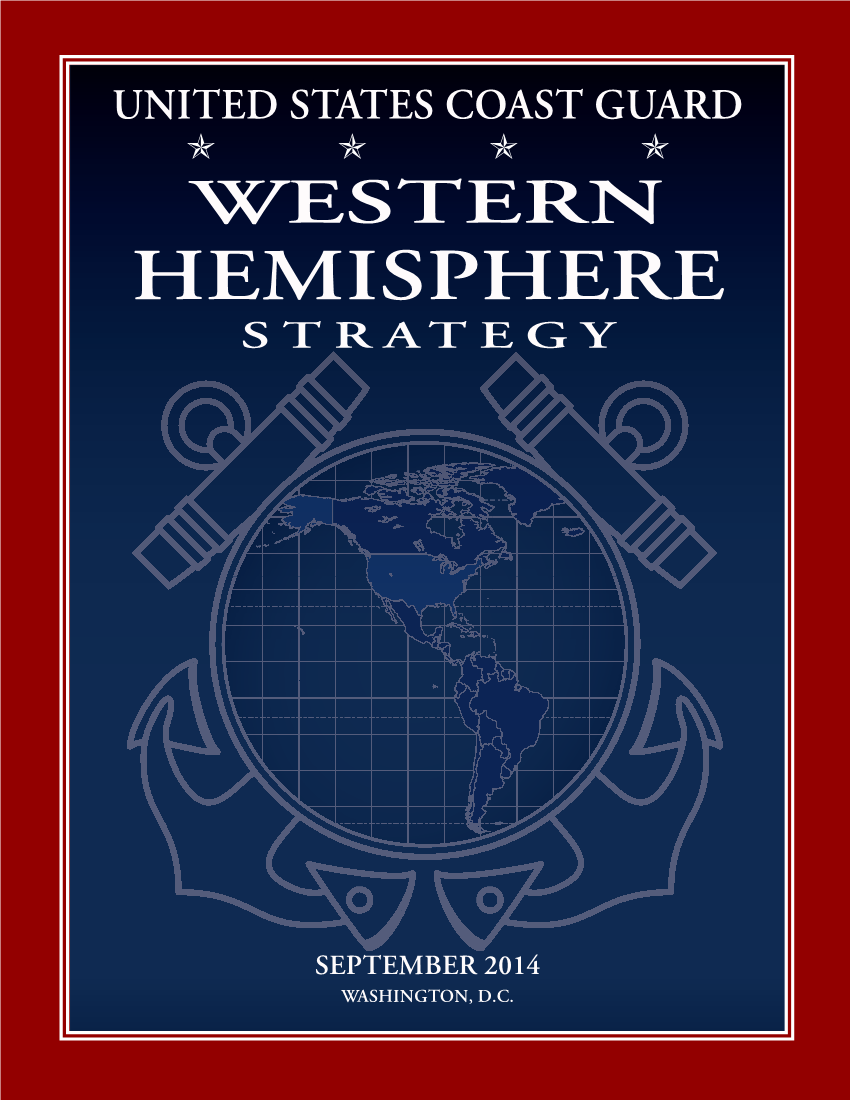 | Western Hemisphere Strategy | This strategy addresses transnational threats and maritime challenges that threaten the security of our Nation, markets, and oceans over the next 10 years. As our mission space changes, we must prepare for the future. | 9/30/2014 | |
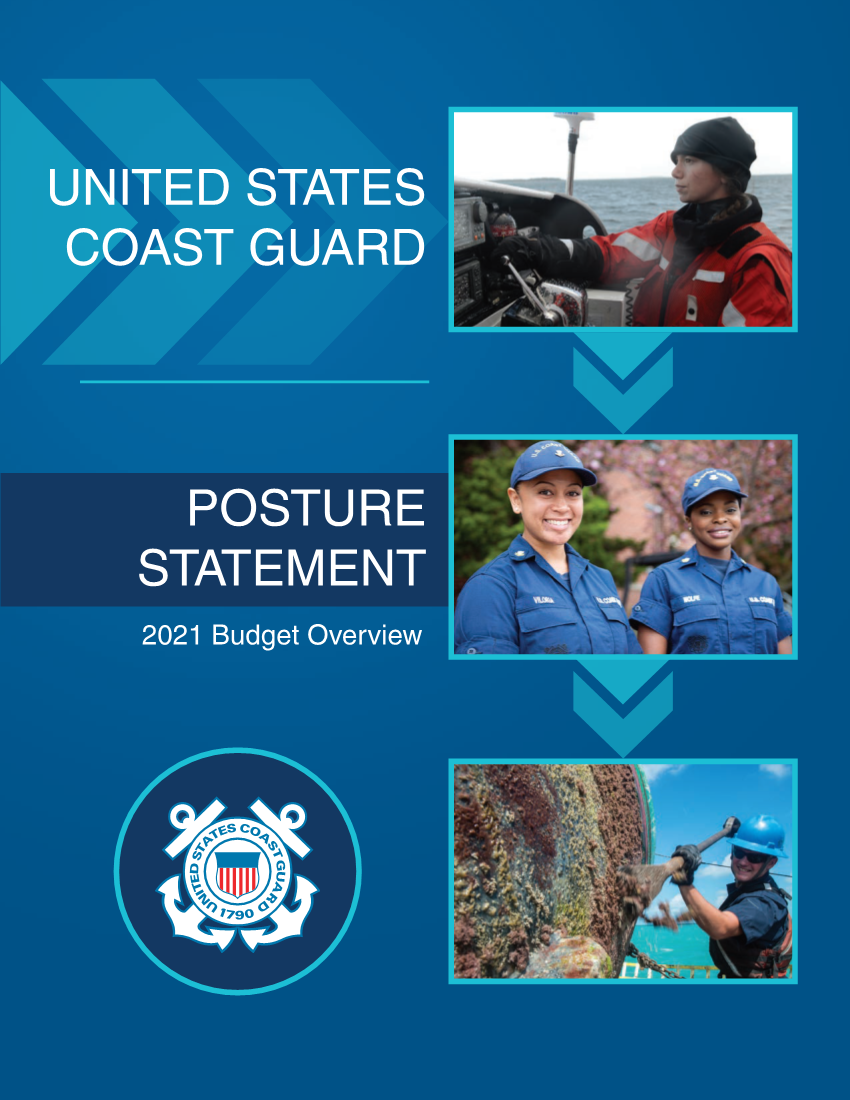 | United States Coast Guard Posture Statement 2021 Budget Overview | United States Coast Guard Posture Statement 2021 Budget Overview | 2/18/2020 | |
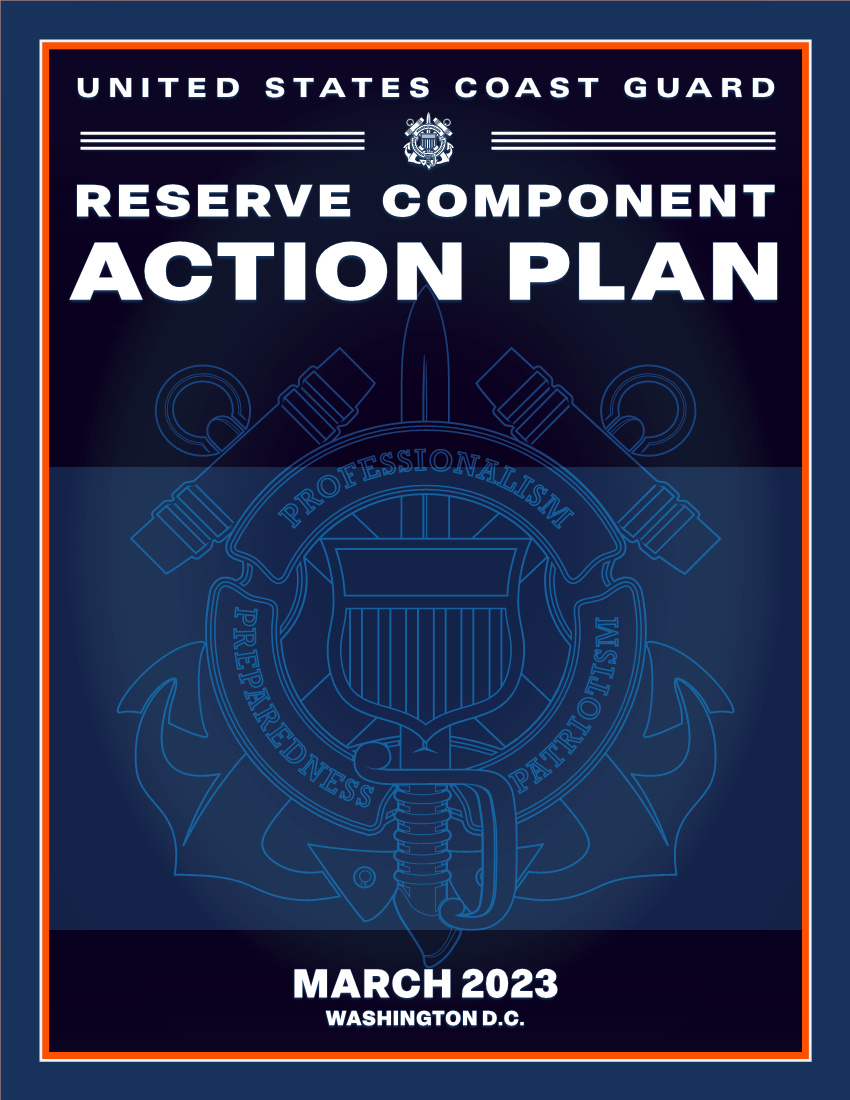 | USCG RESERVE COMPONENT ACTION PLAN | USCG RESERVE COMPONENT ACTION PLAN | 3/15/2023 | |
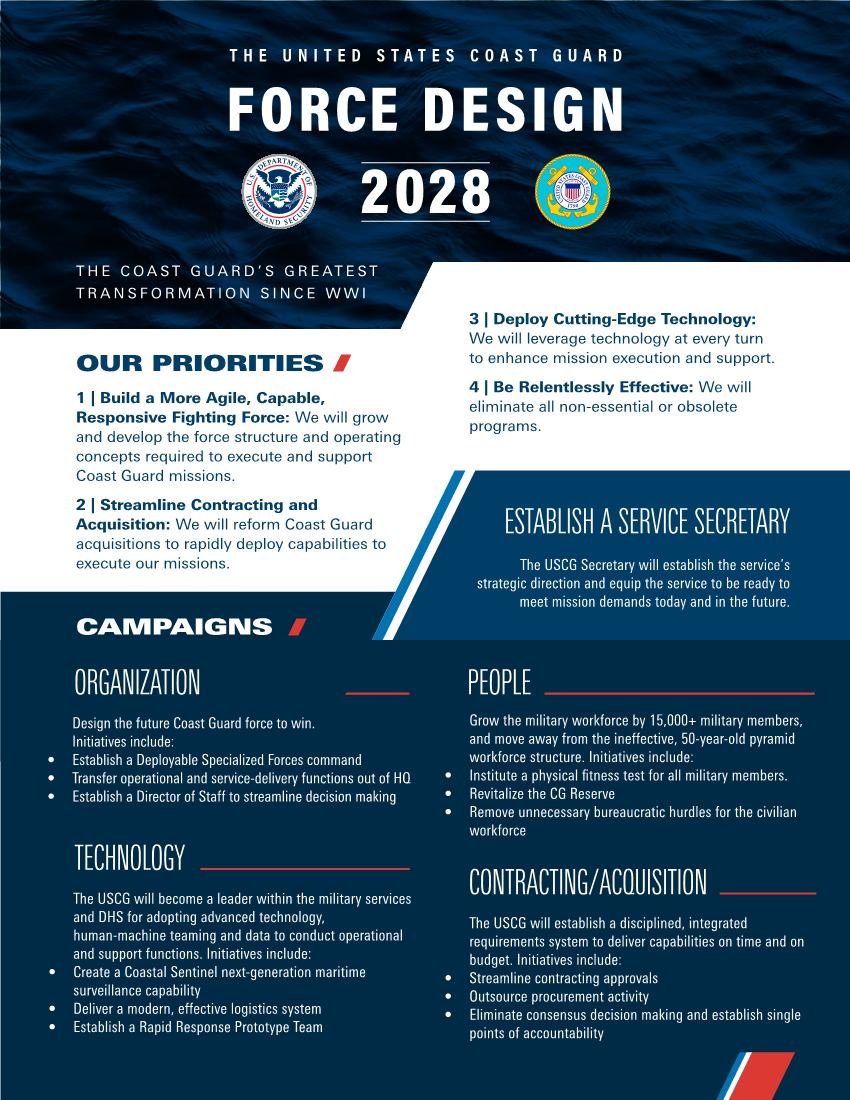 | USCG_FORCE DESIGN 2028_ONE-PAGER(508 COMPLIANT-05292025).PDF | USCG_FORCE DESIGN 2028_ONE-PAGER (508 COMPLIANT-05292025).PDF | 5/29/2025 | |